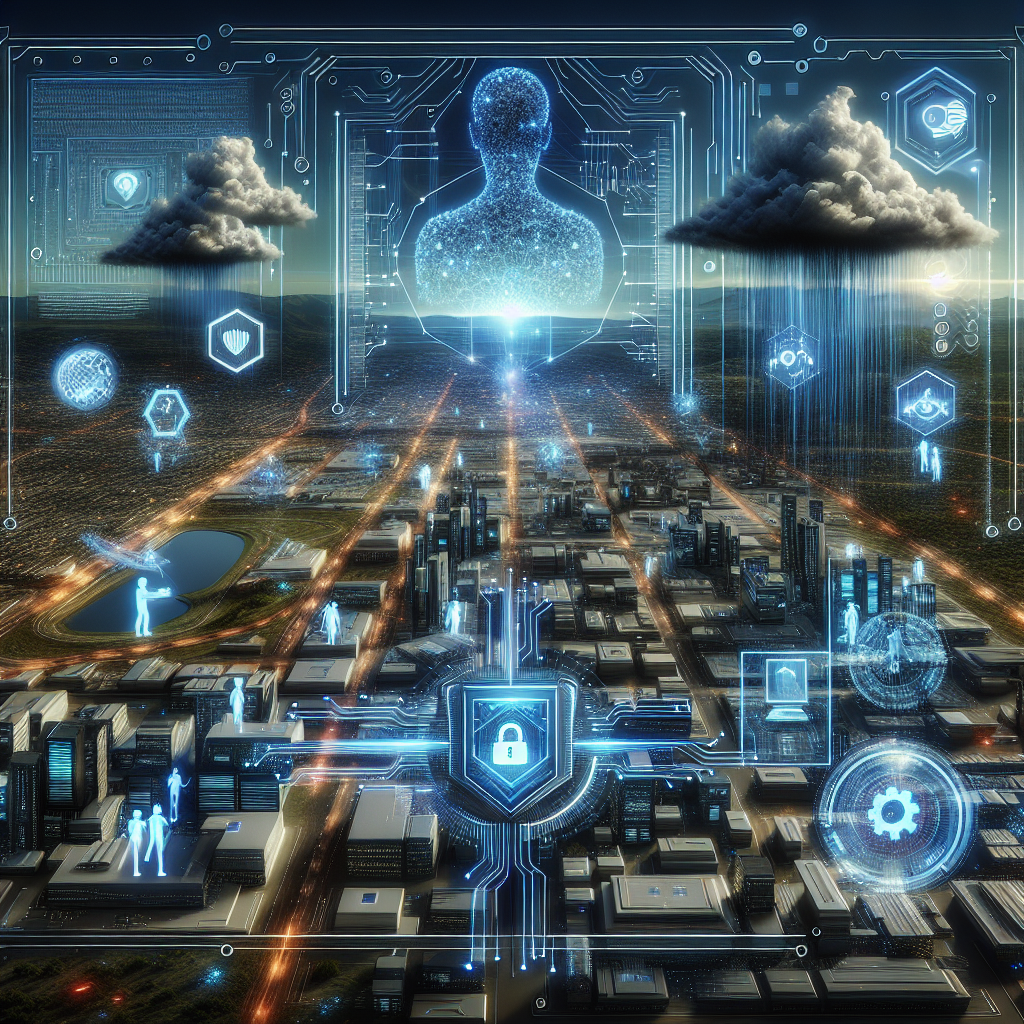The exponential growth of artificial intelligence (AI) technologies has brought remarkable advancements in various sectors, but it also heightens cybersecurity concerns. As AI tools become increasingly integral to business operations, cybersecurity professionals face the daunting task of securing vast digital landscapes at an unprecedented scale.
AI-driven cyberattacks are now a formidable reality. Cybercriminals harness AI's capabilities to automate attacks, making them more sophisticated and difficult to detect. These intelligent systems can identify network vulnerabilities quickly and adapt their tactics based on deployed security measures, increasing their success rates. As a result, organizations must reconsider their approaches to cybersecurity.
A robust cybersecurity defense must integrate AI to counteract these threats effectively. Machine learning algorithms, for instance, play a crucial role in identifying patterns and predicting attack vectors before they exploit systems. These proactive measures can dissect large amounts of data in real-time, providing invaluable insights into potential threats.
A recent example comes from a leading U.S. financial firm that implemented AI-based anomaly detection systems across its networks. This strategy successfully curtailed a multi-stage cyberattack aiming to infiltrate sensitive financial data. The AI system detected unusual network traffic patterns, triggering an alert that allowed the cybersecurity team to neutralize the threat swiftly.
However, relying solely on AI-driven defenses is not a panacea. Human expertise remains indispensable. Cybersecurity professionals must continually train AI systems, adjust response strategies, and conduct regular audits to ensure their systems remain resilient against evolving threats. An integrated approach, leveraging both AI and human intelligence, is essential to creating a robust cybersecurity framework.
As AI technology permeates deeper into business ecosystems, organizations must also navigate complex regulatory landscapes. Cybersecurity compliance is not just about protecting networks; it's about securing consumer trust. Adherence to standards such as GDPR (General Data Protection Regulation) and CCPA (California Consumer Privacy Act) is vital, as lapses can result in significant financial penalties.
Ultimately, combating AI-powered cyber threats hinges on enhanced collaboration across industries and governments. Information-sharing initiatives and cross-sector partnerships can bolster global cybersecurity defenses, safeguarding digital infrastructure against sophisticated adversaries.
Estimated reading time: 1 minute, 47 seconds
Navigating the Rising Storm: Cybersecurity Challenges in the AI Era Featured
 Explore the challenges and defenses in cybersecurity arising from AI technology's proliferation. Discover how businesses safeguard against AI-driven threats.
Explore the challenges and defenses in cybersecurity arising from AI technology's proliferation. Discover how businesses safeguard against AI-driven threats.
Latest from Security Tech Brief
- Strengthening Cybersecurity: Tackling Emerging Threats in 2024
- The Rise of Quantum Cryptography in Cybersecurity
- Rising Threats in Cybersecurity: The Emergence of Deepfake Technology
- Navigating the Shifting Tides of Cybersecurity: Protecting Businesses from Emerging Threats
- The Rising Tide of AI-Powered Cybersecurity Threats
Most Read
-

-
Jan 30 2020
-
Written by Security Tech Brief Staff
-
-

-
Jan 25 2019
-
Written by Security Tech Brief Staff
-
-

-
May 27 2019
-
Written by Security Tech Brief Staff
-
-

-
Jun 01 2019
-
Written by Security Tech Brief Staff
-














